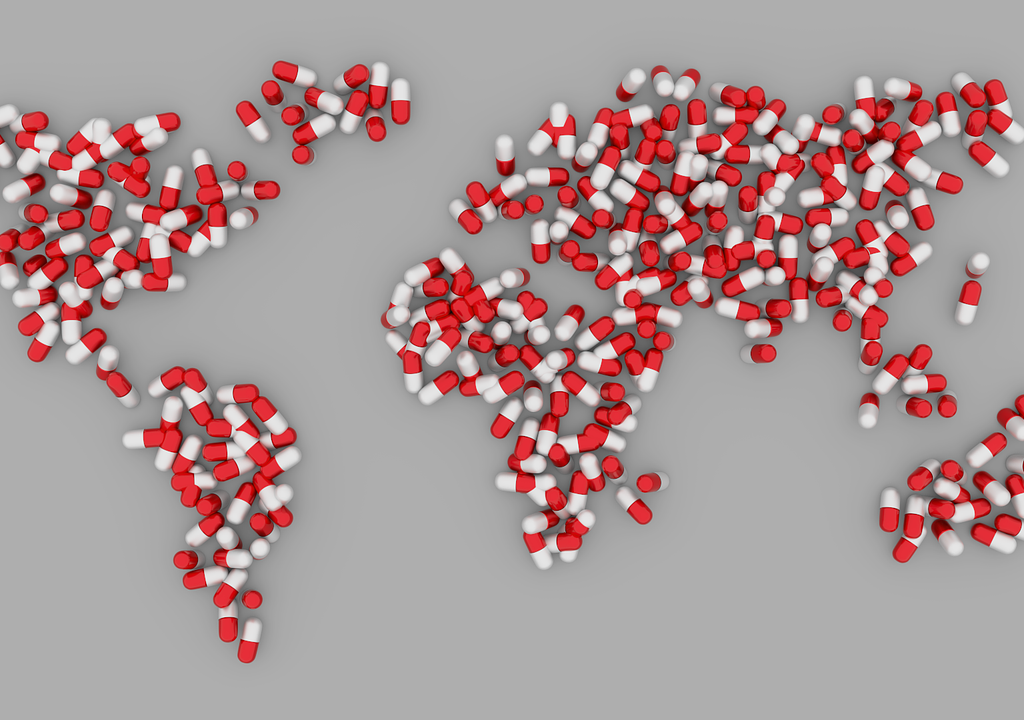In the dynamic landscape of healthcare, where the cost of medications can often be a significant concern, generic medicines emerge as a beacon of affordability, providing a viable alternative to their brand-name counterparts. This article delves into the generic advantage, offering a closer look at these budget-friendly medications and highlighting the myriad benefits they bring to both individuals and healthcare systems.
Understanding Generic Medicines
At its essence, a generic medication is a pharmaceutical equivalent to a brand-name drug, containing the same active ingredients, strength, dosage form, and route of administration. What sets generics apart is their arrival on the market after the expiration of the patent protecting the brand-name drug. This opens the door for multiple manufacturers to produce generic versions, fostering competition that ultimately benefits consumers.
Cost-Effectiveness
The primary advantage of generic medications lies in their cost-effectiveness. Unlike brand-name drugs that undergo extensive research and development, generics piggyback on the existing knowledge of their counterparts. This streamlined development process translates into reduced production costs, enabling generic manufacturers to offer medications at a fraction of the price. The affordability of generics plays a pivotal role in expanding access to essential treatments and promoting financial well-being for individuals and healthcare systems alike.
Regulatory Rigor
Before generic medications reach the market, they undergo rigorous scrutiny from regulatory authorities such as the U.S. Food and Drug Administration (FDA) or the European Medicines Agency (EMA). Generic manufacturers must demonstrate bioequivalence, ensuring that their product delivers the same therapeutic effect as the brand-name drug. This stringent regulatory process guarantees the safety, efficacy, and quality of generic medications, assuring consumers that they can trust the budget-friendly alternative.
Accessibility and Availability
The generic advantage extends beyond cost savings; it enhances accessibility to a wide range of medications. As multiple manufacturers produce generic versions, the market sees increased competition, resulting in a more extensive array of available generics. This not only benefits consumers by providing more choices but also encourages manufacturers to continually strive for quality improvements and competitive pricing.
Interchangeability with Brand-Name Drugs
Generics are designed to be interchangeable with their brand-name counterparts, allowing healthcare professionals to prescribe them as substitutes. The practice of substitution, where pharmacists dispense a generic in place of a brand-name drug, is widely accepted and endorsed by regulatory authorities. This interchangeability ensures that individuals can receive equally effective treatments while enjoying the financial advantages of generic medications.
Quality Assurance
Despite their affordability, generic medications do not compromise on quality. Generic manufacturers must adhere to stringent Good Manufacturing Practice (GMP) guidelines, ensuring consistent production standards. The commitment to quality assurance guarantees that generics meet the same rigorous standards for purity, strength, and quality as brand-name drugs, fostering confidence among healthcare professionals and patients.
Promoting Medication Adherence
The budget-friendly nature of generic medications plays a crucial role in promoting medication adherence. Affordability reduces financial barriers, encouraging individuals to adhere to their prescribed treatment regimens consistently. Improved adherence contributes to better health outcomes, preventing the progression of diseases and reducing the need for more costly interventions associated with untreated or poorly managed conditions.
Global Impact
On a global scale, the generic advantage becomes a catalyst for addressing public health challenges. In developing countries, where access to essential medications is often constrained by financial limitations, generics offer a lifeline. They contribute to global health initiatives by making crucial treatments more accessible, thereby narrowing health disparities and fostering a more equitable distribution of healthcare resources.
Conclusion: A Pillar of Inclusive Healthcare
The generic advantage stands as a pillar of inclusive healthcare, embodying the principles of affordability, accessibility, and quality. As budget-friendly medications continue to play a crucial role in the healthcare ecosystem, individuals, healthcare professionals, and policymakers alike must recognize and champion the contributions of generics. By doing so, we can collectively pave the way for a healthcare landscape where high-quality treatments are accessible to all, promoting the well-being of individuals and communities worldwide.

